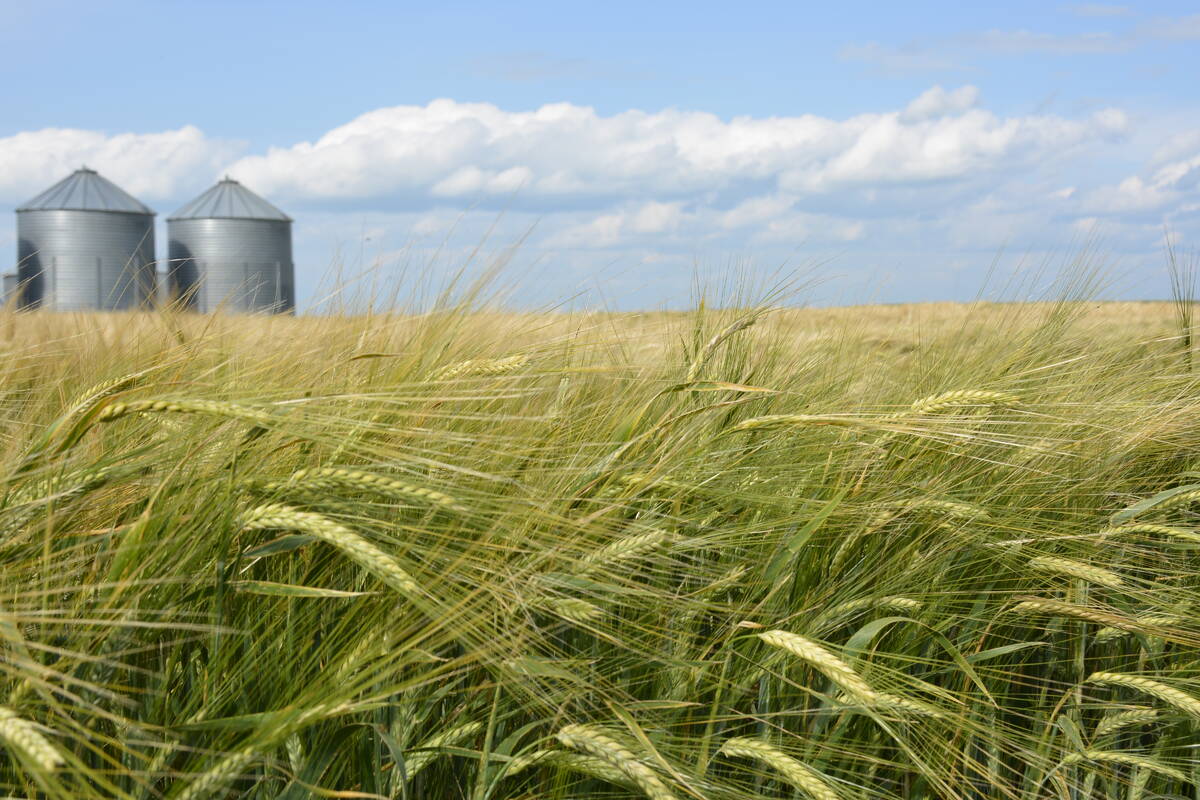Hemp food markets are expanding but acreage was severely slashed last year after an oversupply situation in 2006, says an industry spokesperson.
“The trends are pretty good over the long term. Over the short term there’s still a lot of growing up to do,” said Arthur Hanks, executive director of the Canadian Hemp Trade Alliance.
Retail sales of hemp milk, oil, nuts and butter, protein powder, bars and granola are expected to reach $20 million US in the United States this year.
The food category has been growing at a clip of 30 to 40 percent per year, while hemp-based body care products have been expanding 12 percent per year.
Read Also

StatCan stands by its model-based crop forecast
Statistics Canada’s model-based production estimates are under scrutiny, but agency says it is confident in the results.
“All our products are moving,” said Hanks.
But they’re not moving fast enough to consume the carryover stemming from the 2006 crop, when Canadian growers planted 50,000 acres of hemp at a time when prices looked good compared to other crops and processors were aggressively contracting product.
“A lot of those guys will probably never grow hemp again. They haven’t sold their hemp,” said Hanks.
He estimated there are hundreds of thousands of pounds of the crop sitting in bins across the country from the 2006 harvest.
Conventional hemp has been particularly hard to move but there is also a sizable carryover of certified organic product.
The oversupply situation led to a drop in 2007 plantings, which fell to an estimated 12,000 acres. Hanks expects a rebound to about 20,000 acres in 2008 despite the lingering glut of product because much of it will be past its due date. Hemp doesn’t keep well.
Conventional hemp prices are around $17 per bushel, which is the long-term average for the crop. Hanks said they will likely need to rise above that to attract acreage in 2008 due to the rising price of competitive commodities and the premium required to compensate farmers for the hassles of growing hemp. Organic prices are about $38 per bu.
The Canadian Hemp Trade Alliance said there is a market to support about 25,000 acres of supply.
Demand is driven by the seed side of the business but that could change if some of the big fibre-based projects that have been talked about get off the ground.
Naturally Advanced Technologies, formerly Hemptown Clothing Inc., anticipates construction of its long-awaited Craik, Sask., processing facility will start in spring 2008.
Company founder Jason Finnis said the bast fibre plant will likely process 25,000 tonnes of flax and hemp fibre a year when at full capacity. The processed product will be used for everything from clothes to livestock bedding.
The company has talked about building a facility in the community as far back as 2004. But it finally has proof of concept that the bast fibre processing technologies it developed in conjunction with the Alberta Research Council and the National Research Council result in a usable product.
The process of going from laboratory to a commercial production facility has been long and arduous.
“When you move from processing fibre on a gram scale into a kilogram scale, things change,” said Finnis.
But the company plans to offer hemp contracts for the 2008 season. Finnis said it has yet to be determined how much fibre it requires and where it will come from.
The other good news for the industry is the success of new products like hemp milk, which is estimated will generate $3 million US in sales in 2007.
But the industry continues to be plagued by regulatory problems in the U.S. and Canada. One that will likely hold up processing ventures is the lack of markets for hemp seed byproduct.
“We’re allowed to eat hemp in Canada but we can’t feed it to the animals that we eat,” said Hanks.
Feeding trials are expensive and the industry has to figure out what species it should focus on and whether the trials should involve whole seed or some other form.
“We’re still a developing industry,” Hanks added.

















